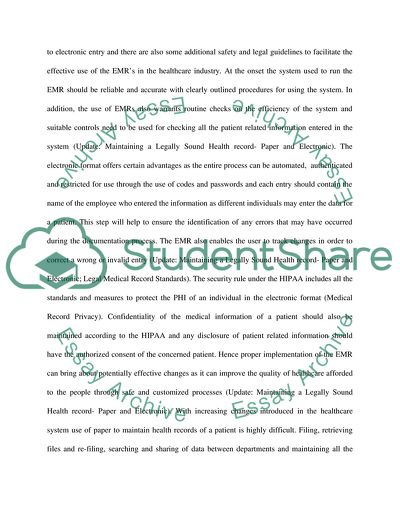Cite this document
(Utilizing Electric Health Records for meaningful use Term Paper - 1, n.d.)
Utilizing Electric Health Records for meaningful use Term Paper - 1. https://studentshare.org/medical-science/1788928-the-quality-healthcare-and-utilizing-of-electric-health-records
Utilizing Electric Health Records for meaningful use Term Paper - 1. https://studentshare.org/medical-science/1788928-the-quality-healthcare-and-utilizing-of-electric-health-records
(Utilizing Electric Health Records for Meaningful Use Term Paper - 1)
Utilizing Electric Health Records for Meaningful Use Term Paper - 1. https://studentshare.org/medical-science/1788928-the-quality-healthcare-and-utilizing-of-electric-health-records.
Utilizing Electric Health Records for Meaningful Use Term Paper - 1. https://studentshare.org/medical-science/1788928-the-quality-healthcare-and-utilizing-of-electric-health-records.
“Utilizing Electric Health Records for Meaningful Use Term Paper - 1”. https://studentshare.org/medical-science/1788928-the-quality-healthcare-and-utilizing-of-electric-health-records.


